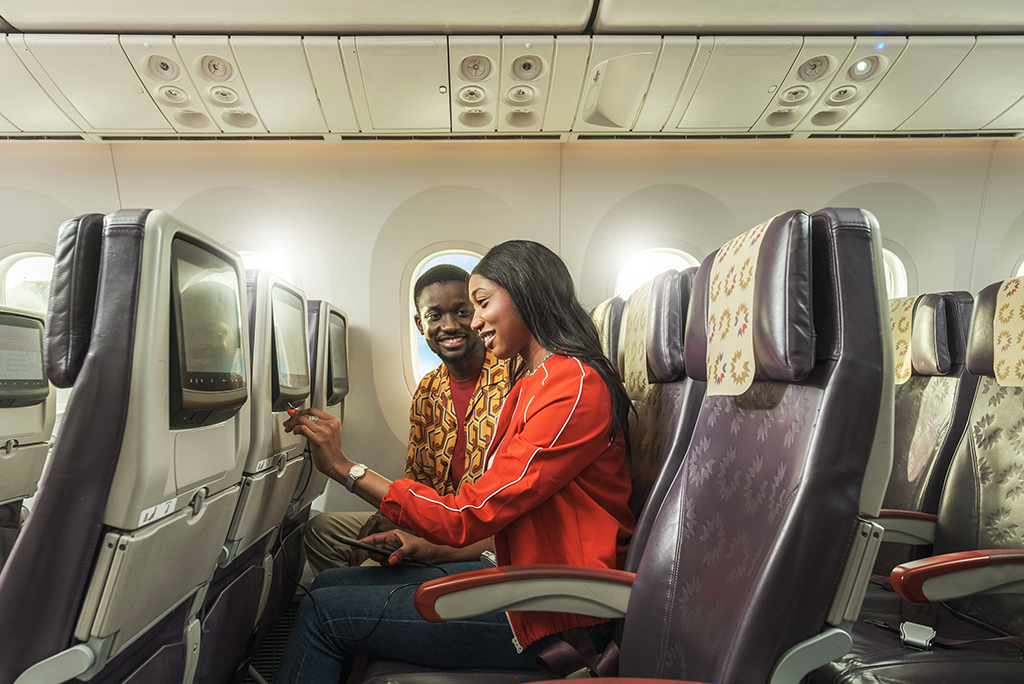Access selected deals available with budget and full-service airlines
Lock any airfare that sounds great. You don’t lose anything if you cancel it
Call us anytime for any assistance. We do not go into hibernation
Your personal and financial information stays secure with us
Royal Air Maroc (RAM), the national flag carrier of Morocco, is one of Africa’s leading airlines, known for its extensive network, modern fleet, and commitment to promoting Moroccan culture and tourism. Headquartered at Casablanca-Anfa Airport, RAM operates its primary hub at Mohammed V International Airport (CMN) in Casablanca, with secondary hubs at Marrakesh Menara Airport (RAK), Tangier Ibn Battouta Airport (TNG), and Paris Orly Airport (ORY) as a focus city. Below is a comprehensive overview of RAM’s history, operations, fleet, services, challenges, and future outlook.

Royal Air Maroc was established in July 1953 through the merger of Air Maroc and Air Atlas, with operations commencing under the RAM name on June 28, 1957. The Moroccan government acquired a 67.73% stake, solidifying its status as the national carrier. Early operations included Hajj flights in 1957, and by April 1958, the airline’s fleet comprised 16 aircraft, including Douglas DC-3s, DC-4s, Bretagnes, and Curtiss C-46s. In 1958, RAM introduced its first jet aircraft, the Sud Aviation Caravelle, and began long-haul routes using leased Lockheed L-749 Constellations from Air France, serving destinations like Gibraltar and Paris.
The 1960s and 1970s marked significant growth. In 1969, RAM placed its first order with Boeing, taking delivery of a Boeing 727-200 in 1970, followed by additional 727s and Boeing 737-200s. By 1986, RAM became the first African airline to operate the Boeing 757, setting a record for a nonstop Seattle–Casablanca flight. The airline joined the International Air Transport Association (IATA) in 1983 and the Oneworld alliance in April 2020, enhancing its global connectivity through codeshare agreements with partners like Qatar Airways, Turkish Airlines, and Etihad Airways. In 2010, RAM absorbed its low-cost subsidiary, Atlas Blue, and established Royal Air Maroc Express for domestic and regional services.
Recent milestones include a record profit of 400 million Moroccan Dirhams (MAD) in 2022–2023, the highest in the airline’s history, and a 2024 revenue of over 20 billion MAD, up from 19.71 billion MAD in 2023, with 7.4 million passengers carried, a 2.78% increase from the previous year. In 2023, RAM signed a strategic program with the Moroccan government to expand its fleet from 50 to 200 aircraft by 2037, increase destinations from 99 to 143, and position Casablanca as one of Africa’s top three aviation hubs.
As of 2025, Royal Air Maroc operates a fleet of 53 aircraft, including Boeing 737-800s, 737 MAX 8s, 787-8s, 787-9s, and Embraer E190s, with an average fleet age of approximately 12 years. The airline recently added two Boeing 737 MAX 8s, “CN-RHH” and “CN-RHC,” in 2025, leased from Dubai Aerospace Enterprise and delivered from Boeing’s Renton factory. RAM’s fleet supports a network of over 100 destinations across Africa, Europe, the Middle East, North America, and South America, including 17 domestic cities and 56 international destinations. Key routes include Casablanca to Paris, New York (JFK), Miami, Washington, D.C., and São Paulo, with direct flights to the U.S. starting in 1986.
RAM’s subsidiary, Royal Air Maroc Express, operates ATR 72-600s for domestic routes (e.g., Casablanca to Agadir, Marrakesh) and regional flights to Spain and the Canary Islands. The airline’s cargo division serves three additional destinations. RAM’s codeshare agreements with nine airlines, including Oneworld partners and Air Sénégal, facilitate seamless travel, such as ticket sales through mutual networks. Casablanca–Agadir and Casablanca–Marrakesh are the largest domestic routes, while 57% of international seat capacity serves Western Europe.
In 2023, CEO Abdelhamid Addou announced plans for a fleet renewal, with a tender for 20–30 new single-aisle and widebody aircraft to support tourism growth and strengthen Casablanca’s role as a sub-Saharan African hub. Potential aircraft include the Boeing 787, Airbus A220, A320neo, Boeing 737 MAX, and Embraer E2 family.